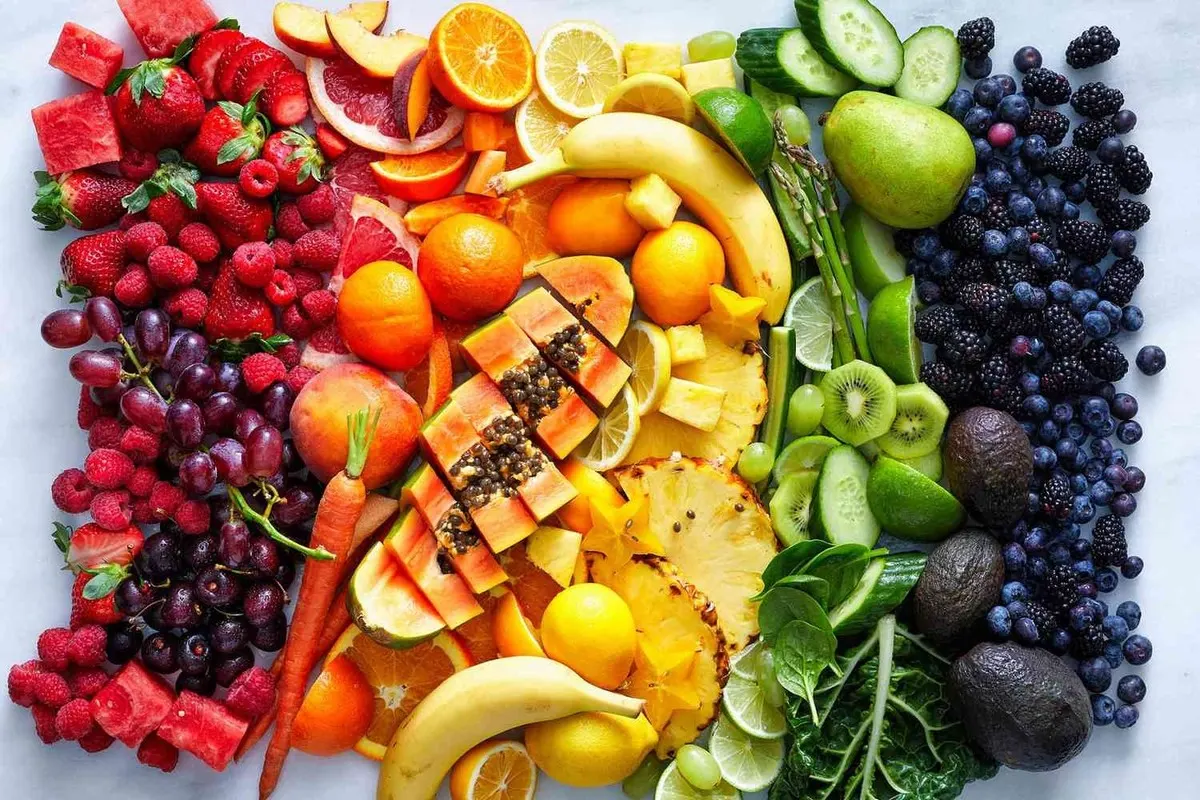24/10/2024
24/10/2024

LONDON, Oct 24: Fruit is an essential component of a balanced diet, rich in vital vitamins and minerals and generally low in calories. However, some fruits are considered "dangerous" for individuals with diabetes due to their high glycemic index.
According to the NHS, more than 4.9 million people in the UK are impacted by this chronic condition, which leads to excessively elevated blood sugar levels as the body struggles to effectively break down glucose. Diabetes manifests in two forms: type 1 and type 2.
Type 1 diabetes occurs when the body's insulin-producing cells, which help regulate blood sugar levels, are destroyed. Type 2 diabetes, which affects 90% of adults with diabetes in the UK, is often associated with obesity or a lack of physical activity.
While various fruits can be part of a diabetic diet, health experts advise caution with those that have a higher glycaemic index (GI). The GI is a system that rates how quickly carbohydrate-containing foods affect blood sugar levels when consumed alone.
As explained by Diabetes.co.uk, "High GI foods break down very quickly, causing blood glucose levels to rise sharply." Diabetics often refer to these rapid increases as "spikes" in blood sugar.
Additionally, for those who produce their own insulin, high GI foods can prompt the body to release a surge of insulin to counteract the quickly absorbed carbohydrates, often leading to hunger within two to three hours and resulting in cravings for more food.
This can be particularly concerning for people with diabetes, as their ability to manage blood glucose levels may be impaired or nonexistent. High GI fruits that diabetics should avoid include: Bananas; oranges; mangoes; grapes; raisins; dates and pears.
Conversely, lower GI fruits are recommended, such as: Plums; berries; kiwi, and grapefruit
The NHS emphasizes that while low GI foods can be beneficial for individuals with diabetes, maintaining a balanced diet is also vital. They state, "Some low GI foods, such as whole grains, fruits, vegetables, beans, and lentils, should be part of a healthy, balanced diet. However, relying solely on the glycaemic index to determine the healthiness of foods or combinations can be misleading."
They further clarify, "High GI foods are not necessarily unhealthy, and not all low GI foods are healthy. For instance, watermelon and some parsnips are high GI foods, while chocolate cake has a lower GI value."
Diabetes.co.uk highlights the advantages of a low glycaemic index (GI) diet, noting, "Low GI foods tend to break down more slowly, making them less likely to cause a rapid increase in blood sugar levels compared to high GI foods, thus being a better option for maintaining stable blood glucose levels."
The guidance also states, "Choosing low GI foods over high GI options keeps you feeling satisfied for a longer time and reduces the likelihood of hunger before your next meal."
Common high GI foods to avoid include: Sugar and sugary foods; sugary soft drinks; white bread; potatoes and white rice.


